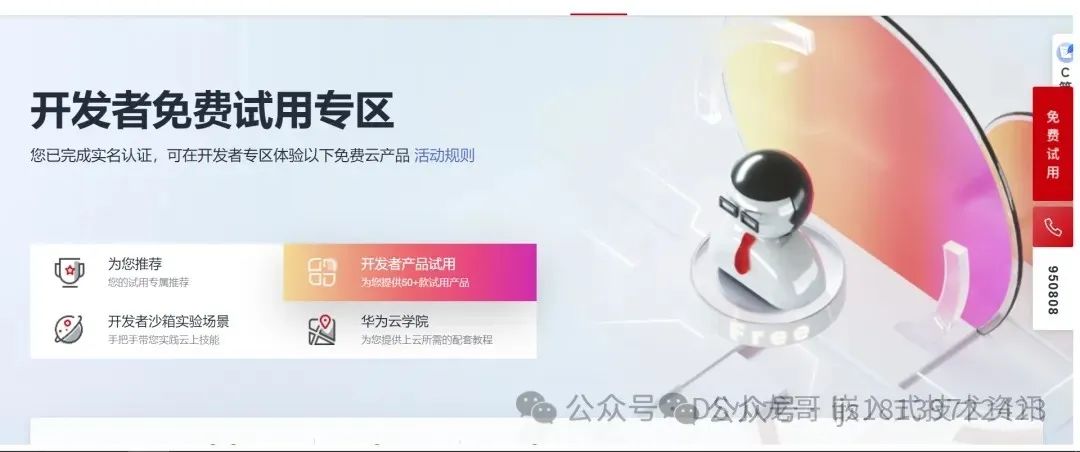This project’s smart classroom monitoring system is based on IoT technology and implements the following main functions:
(1)Classroom Temperature and Humidity Detection Using the SHT30 sensor to collect temperature and humidity data in real-time, helping to monitor and adjust the classroom environment to ensure a comfortable learning and teaching condition.
(2)Light Intensity Detection and Automatic Light Control Utilizing light intensity sensors to monitor the lighting conditions in the classroom, the system can automatically control the classroom lights based on detected light levels, optimizing lighting effects and reducing energy consumption.
(3)Smoke Concentration Detection and Alarm Notification Using the MQ2 gas sensor to detect smoke concentration in real-time, when abnormal smoke is detected, the system triggers an active buzzer for alarm notification to ensure the safety of personnel in the classroom.
(4)Flame Detection and Alarm Notification The system is equipped with flame detection sensors that can quickly alert when a flame is detected, promptly notifying relevant personnel to take safety measures to prevent fire incidents.
(5)Real-time Video Monitoring The system supports video monitoring through cameras that stream via the RTMP protocol, capable of capturing and transmitting real-time audio and video data, ensuring comprehensive monitoring and safety in the classroom.
(6)Facial Recognition and Automatic Attendance The system introduces facial recognition technology. Each student and teacher registers their facial information in advance. During class, personnel entering the classroom will automatically undergo facial recognition and complete attendance records, achieving intelligent attendance management.
(7)Timed Screenshots and Learning Status Records The system supports taking timed screenshots of the classroom during class and uploading them to the server for storage. Administrators can review the screenshots to understand students’ learning status and classroom conditions, with facial recognition comparisons utilizing Baidu’s facial SDK, processed and fed back to the device for coordinated control.
(8)Data Upload and Cloud Storage Display Using the ESP8266 module and MQTT protocol, collected data will be uploaded in real-time to Huawei Cloud IoT servers, utilizing the EMQX server for data display and storage, allowing the teaching management department to grasp detailed classroom environment conditions promptly.
(9)Windows Visualization Monitoring Screen The system provides a visualization screen for Windows computers, developed based on Qt, to display classroom environmental information and video monitoring in real-time, allowing administrators to intuitively understand the overall operation of the classroom.
(10)Local LCD Display of Environmental Information A 7-inch LCD display is installed locally in the classroom, capable of displaying real-time environmental information such as temperature, humidity, lighting, and smoke, allowing teachers and students to intuitively understand the classroom environment.
1.3 Summary of System Functions
|
|
|
| Temperature and Humidity Detection |
|
| Light Intensity Detection |
|
| Smoke Detection and Alarm |
|
| Flame Detection and Alarm |
|
| Real-time Video Monitoring |
|
| Facial Recognition and Attendance |
|
| Timed Screenshot Saving |
|
| Data Upload to Cloud |
|
| Windows Visualization Monitoring Screen |
|
| Local LCD Display |
|
1.4 Selection of Development Tools
